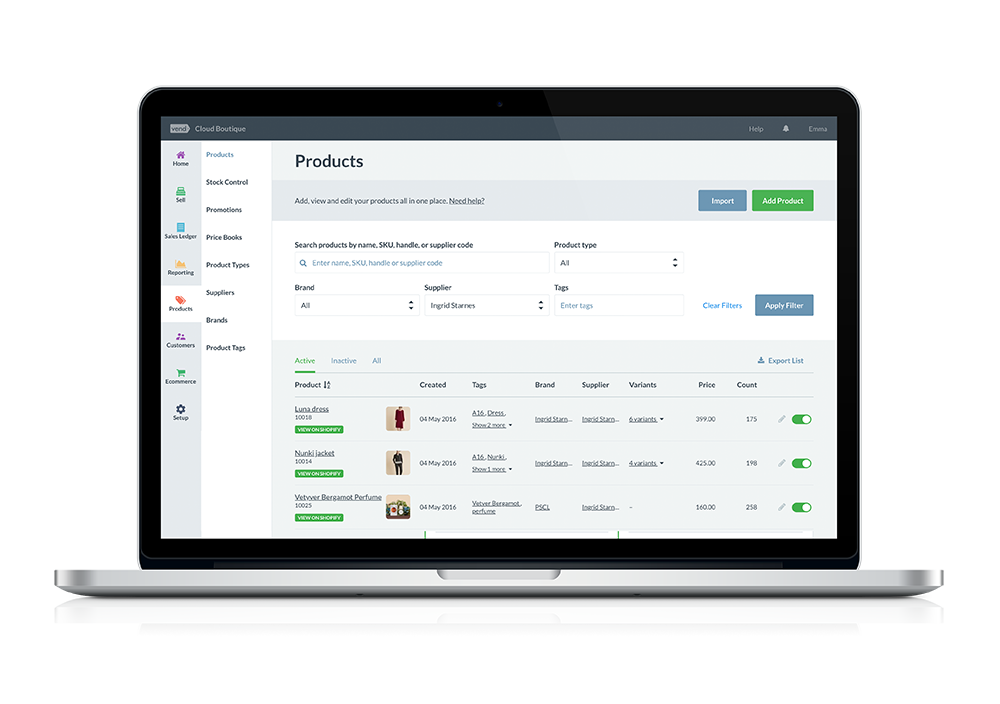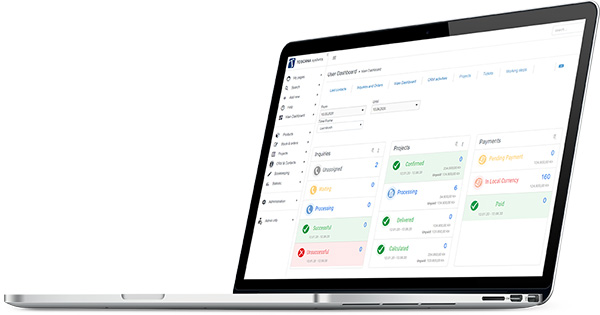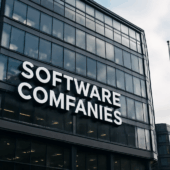Human Resource Management Systems (HRMS) is a software utility that facilitates agencies automate and manage their HR processes. By automating HR techniques, agencies can improve efficiency and accuracy, and shop time and money. HRMS software can also assist businesses tune and manipulate worker overall performance, and save and control worker information.
In the past, HR was centered on hiring and firing personnel. Today, HR is targeted on preserving employees glad and engaged. They try this through imparting blessings and perks, as well as creating a high-quality work surroundings. Additionally, current HR is tons more strategic. They paintings closely with senior management to broaden lengthy-term plans for the enterprise. This is in comparison to
Human Resource Management Systems (HRMS) Software Developer: Microdeft
Microdeft is the main Human Resource Management Systems (HRMS) Software Developer. We provide a complete suite of tools to assist businesses manipulate their HR techniques efficiently and successfully. Our software is designed to streamline HR administration, enhance conversation among managers and personnel, and sell compliance with regulatory requirements. Our answers are utilized by corporations of all sizes, in a lot of industries, across the globe.
Difference Between HRMS and HRIS
There is a massive difference between HRMS and HRIS. HRMS (Human Resource Management System) is a whole machine that facilitates organizations manipulate their employee information. HRIS (Human Resource Information System) is a database that shops worker facts. HRMS consists of gear for monitoring employee performance, coping with payroll, and managing advantages. HRIS does not encompass those equipment.
But, there are several similarities among HRMS and HRIS systems. Both systems are used to manage employee statistics, both structures may be used to tune employee overall performance, and both systems may be used to manipulate employee blessings. However, there also are several variations between the 2 systems. HRMS structures are normally greater complete and include functions which include payroll and time tracking, while HRIS systems are normally extra centered on worker statistics management.

Major Importance of Human Resource Management Systems (HRMS)
The modern business landscape is more aggressive than ever before. To succeed, commercial enterprise owners ought to be able to appeal to and preserve the first-rate personnel. An HRMS can help enterprise owners accomplish this by means of automating a few of the tedious and time-ingesting obligations related to HR, inclusive of monitoring worker absences and managing payroll.
An HRMS also can assist commercial enterprise proprietors keep track of employee performance and become aware of areas in which personnel need improvement. By investing in an HRMS, commercial enterprise owners can ensure that their employees have the sources they need to achieve success.
There are many benefits of using an HRMS, including:
- Reduced paper waste and improved information accuracy – When employee data is entered into an HRMS, it is able to be saved electronically and accessed via authorized customers from everywhere. This removes the want for paper statistics, which may be lost or broken. Additionally, records entry errors may be decreased, as statistics is only entered once into the system.
- Increased efficiency – Automating HR techniques can unfastened up time for HR body of workers to consciousness on extra strategic duties. Additionally, self-provider capabilities (along with online advantages enrollment) can empower personnel to take extra control of their very own HR statistics.
- Improved compliance – By storing worker facts in a single critical place, corporations can extra effortlessly song and control compliance with government policies. Additionally, some HRMS systems encompass compliance reporting capabilities.
- Enhanced safety – HRMS systems usually include safety capabilities (such as user permissions and records encryption) to protect sensitive employee information.
- Better selection-making – With accurate and up-to-date employee records, businesses can make more informed decisions approximately HR-related topics. Additionally, some HRMS structures include analytics and reporting features that can offer insights into worker tendencies.
If you are thinking about imposing an HRMS gadget to your commercial enterprise, there are a few matters to hold in mind. First, you’ll want to determine which functions are most critical to your enterprise. There are many distinctive HRMS structures on the market, so it’s miles important to locate one which meets your particular desires.
Additionally, you may need to don’t forget the cost of implementing an HRMS system. While the upfront fee may be full-size, it’s miles crucial to don’t forget the lengthy-term blessings of increased efficiency and compliance.
Finally, you will need to educate your employees on a way to use the system. This can be performed through on line tutorials, in-individual education, or a aggregate of each. Once your employees are up to the mark, they’ll be able to take advantage of the numerous blessings of Human Resource Management Systems (HRMS).
Read extra about Software Development
Major Functions of Human Resource Management Systems (HRMS)
Human resource control systems (HRMS) is a software program software that enables corporations automate and control their human aid procedures. The purpose of an HRMS is to streamline these methods and make it less complicated for companies to manage their worker data.
The HRMS may be used for a whole lot of duties, consisting of monitoring employee roles and duties, managing employee advantages and repayment, and performance management. The HRMS also can help groups with compliance-associated obligations, together with monitoring worker training and certifications.
The HRMS is a key tool for companies that want to manipulate their human assets extra efficiently. By automating and streamlining HR approaches, the HRMS can keep agencies money and time.
Candidate Management: Candidate control is a crucial characteristic of any HRMS. It permits agencies to pick out, tune, and manage job applicants throughout the hiring system. By automating candidate control, groups can keep time and assets at the same time as streamlining their hiring method. Additionally, candidate management can assist companies keep tune of qualified applicants for future openings.
Employee Engagement: An HRMS (Human Resource Management System) is a software program software that offers a comprehensive solution for handling an employer’s employee statistics. The HRMS employee engagement module is a tool that enables groups to have interaction and connect to their personnel. It affords a platform for personnel to percentage their thoughts, comments, and tips. The module also lets in managers to become aware of and deal with worker engagement troubles.
Employee Management: The worker management function of an HRMS is liable for the tracking and management of employee information. This includes worker data, performance information, payroll information, and advantages records. The worker management characteristic additionally oversees the hiring procedure and employee onboarding. Additionally, the employee control function is liable for coping with employee communications and handling employee members of the family.
Optimization: The optimization characteristic of an HRMS helps companies perceive the bottlenecks in their HR strategies and take corrective movement. It also provides a framework for non-stop improvement of the HR tactics. The optimization function of an HRMS is crucial for achieving the preferred outcomes from the HR funding.
Payroll: The payroll feature of an HRMS is answerable for managing worker repayment and advantages. This includes calculating payroll taxes, managing worker deductions, and issuing paychecks. The payroll feature is likewise chargeable for keeping song of worker depart balances and dealing with payroll deductions for health insurance and different blessings.
Workforce Management: Workforce management (WFM) is a set of integrated techniques that a business enterprise makes use of to optimize the productivity of its personnel at the individual, departmental, and organizational stages. The fundamental desires of group of workers management are to make sure that the proper people are within the right jobs at the proper time and that they have got the proper talents and know-how to do their jobs properly.
WFM is a key characteristic of HRMS (Human Resource Management Systems) and can be used to music and control employee records, overall performance, and attendance. It can also be used to create and control employee schedules and to display and optimize the usage of enterprise resources.
When used efficaciously, team of workers management can help groups improve their basic productiveness, lessen expenses, and higher meet the desires in their clients and clients.
Contingent Workforce Management: An HRMS gadget with a contingent workforce management feature can assist your commercial enterprise in a number of methods. Perhaps the most crucial way is via supporting you to keep tune of your contingent team of workers. A contingent staff is a set of people who are not hired by using your employer on a complete-time foundation. They can be employed on a project-by using-project foundation, or they’ll paintings in your organisation on a component-time or brief foundation. Whatever the case may be, a contingent group of workers control machine let you to hold song of those employees.
This is crucial for a number of motives. First, you want to understand who is running on what task at any given time. This allows to make sure that initiatives are finished on time and within price range. Second, you want with a view to music the hours labored with the aid of every contingent employee. This information is vital for billing purposes and for ensuring which you are paying your contingent staff fairly. Finally, a contingent personnel control machine assist you to to maintain track of the talents and qualifications of your contingent staff. This is vital for ensuring that you have the proper human beings running on the right tasks.
A contingent staff control machine can assist your business in some of different ways as well. For example, the sort of gadget can help you to perceive and recruit the fine contingent people on your employer. It also can help you to manage and reveal the performance of your contingent staff. In addition, a contingent staff management device will let you to comply with applicable legal guidelines and rules.

Selecting Best Human Resource Management Systems (HRMS)
When it involves deciding on a Human Resource Management (HRM) machine to your commercial enterprise, there are some stuff you need to recall to make certain you are making the first-class decision on your business enterprise. Here are some guidelines on a way to choose the excellent HRM system to your commercial enterprise:
- Define your desires – The first step is to take a seat down and define what your company’s specific wishes are when it comes to an HRM gadget. This will help you narrow down your options and make it easier to discover a device that fits your employer’s requirements.
- Do your research – Once you understand what you are seeking out, it is time to begin your studies. Read online evaluations, speak to other organizations who use HRM systems, and speak to the carriers themselves to get a experience for the extraordinary structures available on the market.
- Get a demo – Once you’ve got narrowed down your options, it’s time to get a demo of the structures you are interested in. This will assist you spot first-hand how the system works and whether it is a terrific fit on your enterprise.
- Make your decision – After you have achieved your research and gotten a demo of the exclusive structures, it’s time to make your final selection. Choose the machine that you feel will best meet your organization’s wishes and finances.
There are a number of one-of-a-kind types of HRMS software to be had on the market, and the first-class answer for a commercial enterprise will rely on its precise wishes. However, all HRMS structures percentage a few commonplace capabilities, which includes the capability to store worker information, generate reports, and assist self-service capabilities.
When choosing an HRMS, businesses must take into account their specific desires and evaluate a number of special solutions before you make a decision. If you want the pleasant gadget pass for custom human aid management structures (HRMS) software.
Contact Microdeft for Custom HRMS Software
Review your website with rating facts






